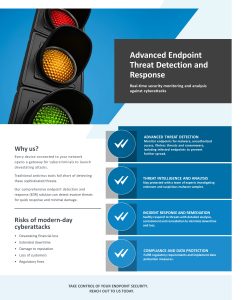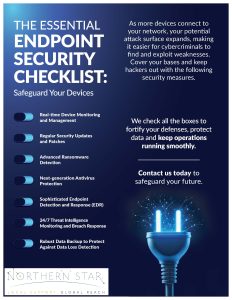
IT is an integral component of any modern business and has many benefits and concerns. Technology also keeps changing, and what works this year may become obsolete in the next few months, so companies must keep their systems up to date. From IT consulting to cybersecurity, here are six best IT practices for 2022.
1. Seek IT Consulting Services From the Pros
IT is a complex subject for most businesses and requires significant technical know-how and massive investment. Companies should seek professional insights and guidance before spending money implementing IT strategies.
Working with a reputable IT firm can help identify the business needs and prevent common mistakes. Businesses can also leverage the wealth of knowledge to optimize their systems and maximize benefits from their IT investments.
2. Eliminate Complexities With Standard Systems
A standard environment makes it easy for your team to learn and perform at high levels. Complexities in the technology environment do the opposite and make IT support more difficult and expensive. Successful businesses aim to simplify and standardize their IT. The more standard the environment, the better it is for everyone involved.
Businesses should strive to implement the same products for everyone to buffer learning and cooperation. Standardizing IT also allows the team to use existing tools more effectively.
3. Update Your Hardware and Software Regularly
IT hardware and software should be up-to-date to ensure optimal performance and security. Businesses should patch servers and workstations and use the latest firmware for their firewalls. The software also needs the latest bug fixes.
Falling behind on updates can leave the company vulnerable to security and performance issues. Outdated systems can also hurt your warranties and support subscriptions, never mind prolonging downtime and impacting ROI.
4. Use Effective and Properly Managed Backups
Effective backup can’t be stressed enough and isn’t a novel best practice for business IT. Backups offer a crucial defense against data loss from hardware failure and malware infection as well as natural catastrophes such as fire.
Businesses should schedule effective backup to ensure all core systems are duplicated and readily available in case of an incident. Backups should stay in secure offshore locations, and the IT department needs to provide regular validation and checks to ensure everything works.
5. Make IT Decisions Based on Return on Investment
The technology rush can trick businesses into making bad investments without considering the impact on ROI or the usefulness of the upgrade. Before making any drastic changes, it’s vital to determine how the new technology will benefit the business.
Ask yourself why you are investing in the technology. Will it mitigate risk? Make the teams more effective and productive? Boost morale? Automate systems? Technology without ROI doesn’t have any value for your business and can deplete funds you’d use in other areas.
6. If You Can’t Handle Internal IT, Outsource It
IT support is time-consuming and hectic in some cases, but your business doesn’t have to worry about handling everything. Most companies have portions of IT they would rather delegate to external teams.
You can outsource IT services, support, and virtual desktops to allow internal teams to focus on other issues. Outsourcing the entire technology environment to another provider can also be cost-effective besides leveraging expert knowledge and experience.
Reputable IT Support Services
Working with professionals is the best decision you can make for your IT. At Northern Star IT, we provide smooth, painless transition and high-quality support to facilitate your expansion. We have more than 16 years of experience and act as part of your team to build long-term relationships and help you achieve your goals.











